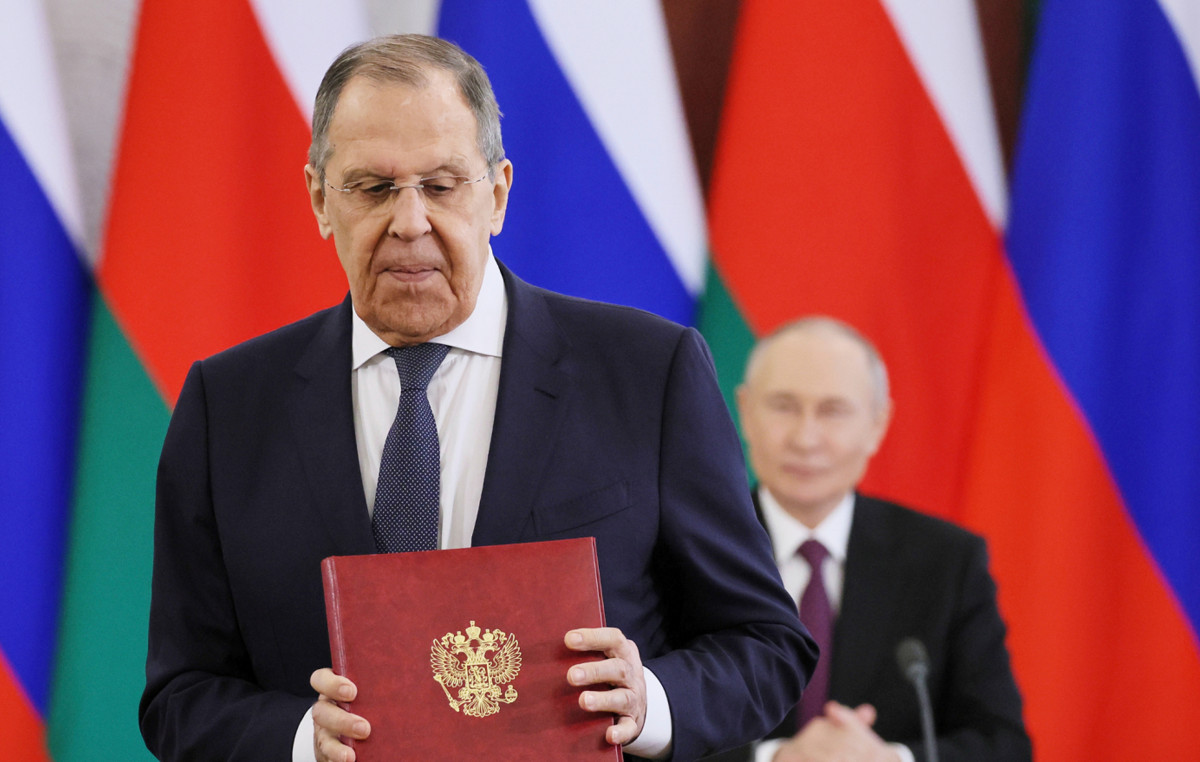The North Atlantic Treaty Organization (NATO) agreed on Wednesday to place more than 300,000 troops on high readiness from 2023, up from the previous 40,000, a new military formation designed to better fight Russia, the country that the alliance designated as the greatest threat.
The move replaces the NATO Response Force, which for years was the first to respond to any Russian attack or other crisis. The new model resembles the way NATO forces were organized during the Cold War.
At that time, specific allied countries were given the defense of specific sectors of the border between West and East Germany.
“Today, NATO leaders decided on a fundamental shift in our defense and deterrence to respond to a new security reality,” NATO Secretary General Jens Stoltenberg told reporters.
“We will upgrade our battle groups in the eastern part of the alliance to brigade level. We will transform the NATO Response Force and increase the number of high readiness forces to over 300,000,” he added.
A brigade has around 3,000 to 5,000 soldiers, while a battalion – the unit that made up a battle group in the past – typically has between 300 and 1,000 soldiers.
At the same time, NATO will assign forces to defend specific regions along its eastern flank and stockpile more military equipment to expedite the deployment of any reinforcements that may be needed.
“This is the first time since the Cold War that we have this kind of plan with pre-assigned forces,” Stoltenberg said.
“They will work with the domestic defense forces and familiarize themselves with the local terrain, facilities and prepositioned stockpiles so that we can reinforce even faster,” he said.
After Russia’s invasion of Ukraine on February 24, NATO allies increased their troops in the Baltic countries, seen as particularly vulnerable to a Russian attack, greatly expanding multinational battalions based there.
Germany has already moved forward with those plans, promising a brigade designated for the defense of Lithuania and a general division – around 15,000 soldiers – for high-ready forces, as well as around 65 planes and 20 ships.
While part of the brigade will remain on standby in Germany and only occasionally circulate around the country, the unit will have a permanent headquarters with staff in Lithuania.
Britain has similar plans for Estonia’s defense.
But for NATO, the new model of force is not just a return to its Cold War stance. With NATO’s eastward enlargement, the border to be protected has expanded significantly and now stretches from the Baltic to the Black Sea.
NATO didn’t have to worry about drones, cyber attacks or hypersonic weapons during the Cold War. “The way we use and employ forces will not be the same as we had in the Cold War, especially as we recognize additional domains,” said a US official.
“Now we have five domains of operation – people talk about land, air and sea, but we also have cyber, we have space. And that is also important.”
Source: CNN Brasil
I’m James Harper, a highly experienced and accomplished news writer for World Stock Market. I have been writing in the Politics section of the website for over five years, providing readers with up-to-date and insightful information about current events in politics. My work is widely read and respected by many industry professionals as well as laymen.







